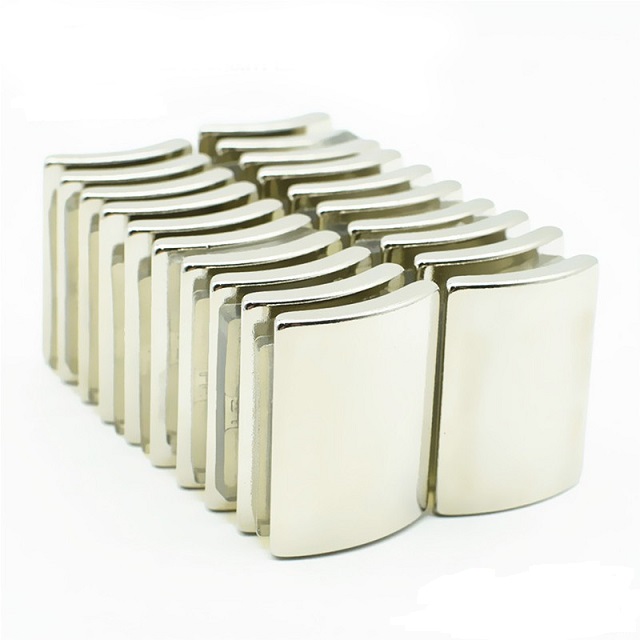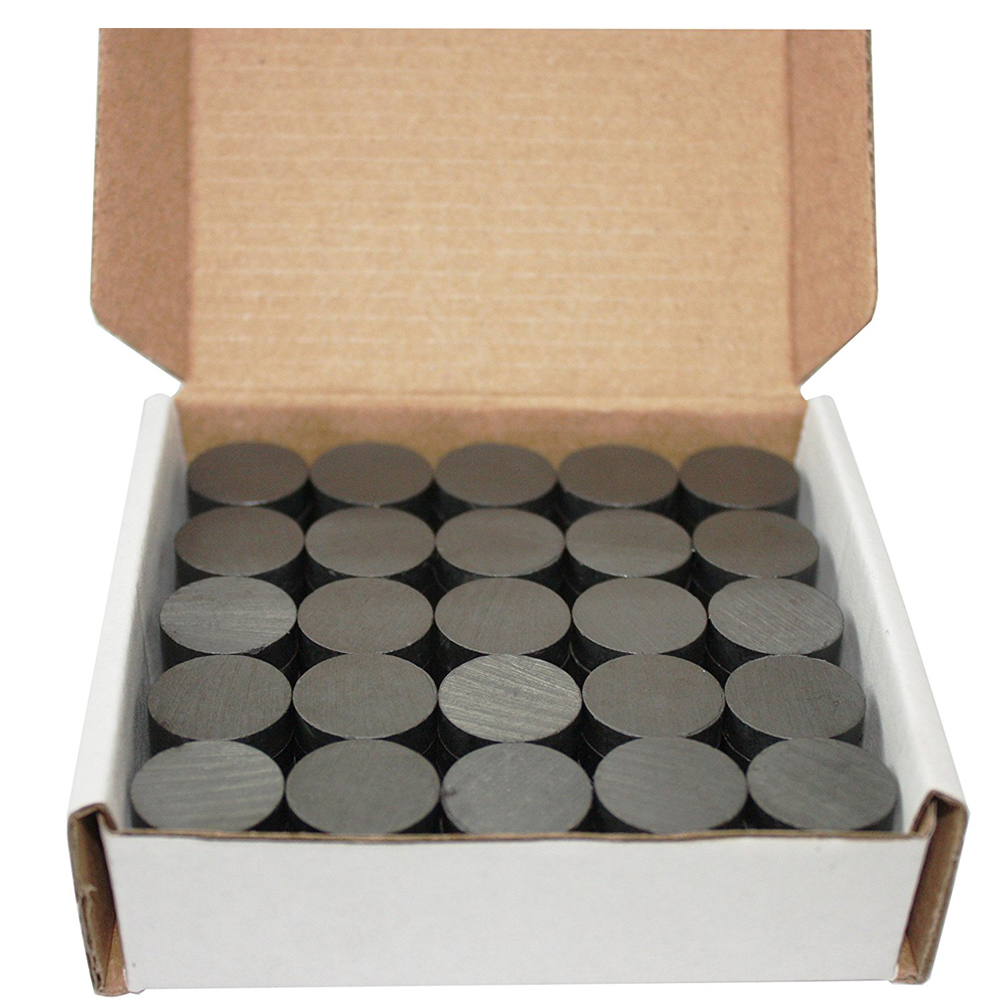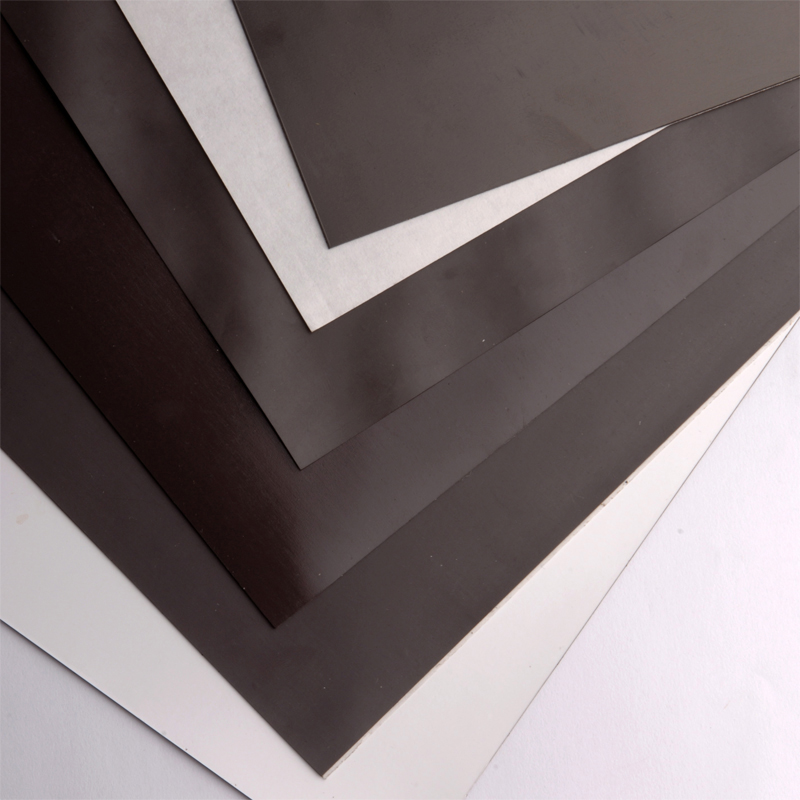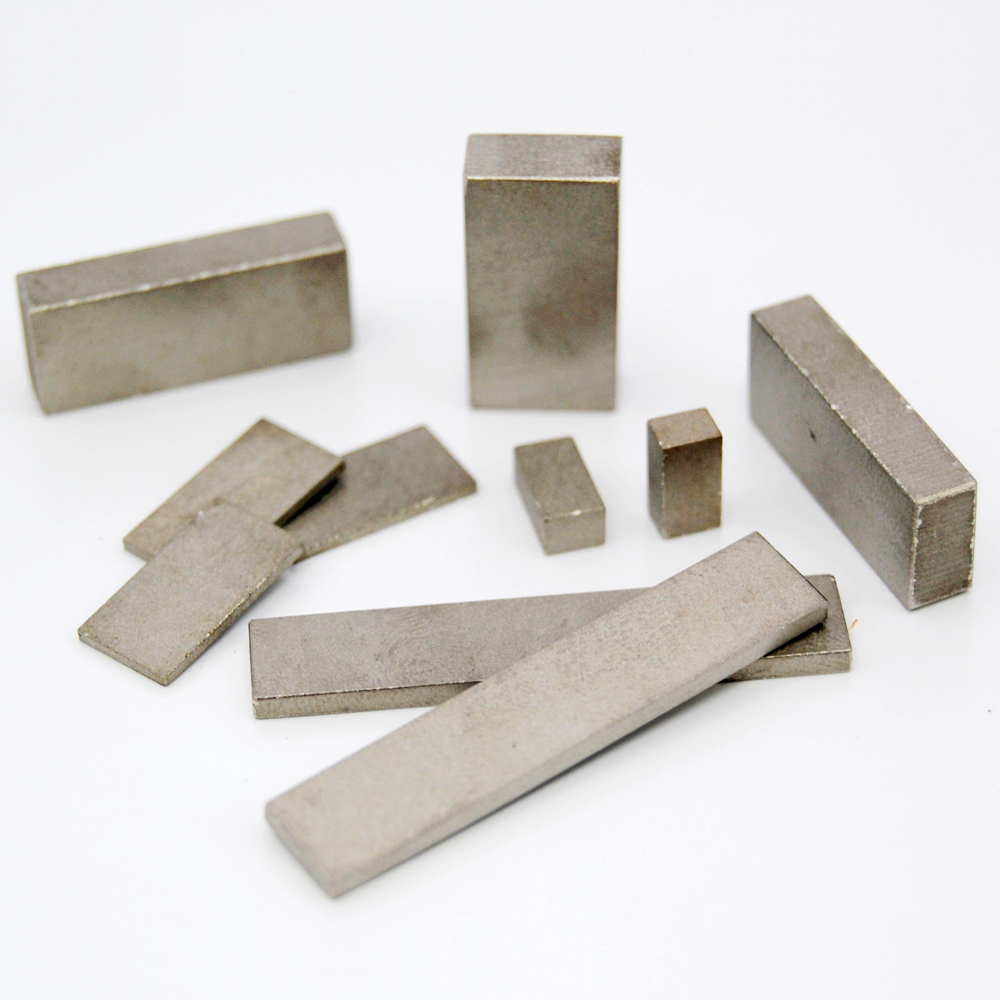- All
- Product Name
- Product Keyword
- Product Model
- Product Summary
- Product Description
- Multi Field Search
Author: Site Editor Publish Time: 2020-09-10 Origin: Site
The magnets we know are divided into permanent magnets and non-permanent magnets. The permanent magnet itself can also be a natural product, or it can be manufactured artificially.
Magnets have a very peculiar function. It can attract materials such as iron and nickel. It plays a very important role in industrial society. The earliest words people use are dug out from nature, but the magnetism of that kind of magnet is very weak and the magnetism is not stable enough. On the basis of this time, a magnet was made by groping step by step. Do you know how magnets are made?
First, there are two types of magnets: permanent magnets and non-permanent magnets. Let's take a look at how the two types of magnets are made.
This kind of magnet first needs to be made into a sand mold like this. After making a sand mold, put the materials such as cobalt, nickel and iron in the furnace to heat. After it is completely melted, pour the liquid into the sand mold, and wait until it is cooled. But what he got at this time was just an ordinary iron block and he didn't have any magnetism yet. Then tie the metal piece to the copper pipe, put it in a large copper pipe covered with silica sand, and seal it with concrete to expose the copper pipes on both sides. After sealing, put it into the stove and heat it to 700 degrees Celsius. In the future, clamps are used to fix the copper tubes at both ends, and high-charge current is applied. After this step, the metal parts have micro-magnetic force, and then they are placed in the magnetizing machine. According to the principle of electromagnetic induction, it is very A strong current can generate a strong magnetic field, which can be used to magnetize ferromagnetic materials, and because different materials have different magnetization characteristics, some materials are easy to magnetize, and are not easy to lose magnetism (loss of magnetism), which can be retained for a long time magnetic. Magnetizing this material produces a magnet. Use a magnetizer to magnetize hard magnets. The magnetizer will conduct a strong current to the magnet, and finally the magnet is built.
Among them, permanent magnet materials are also divided into two categories.
The first category is: alloy permanent magnet materials including rare earth permanent magnet materials (neodymium iron boron Nd2Fe14B), samarium cobalt (SmCo), neodymium nickel cobalt (NdNiCO).
Rare earth permanent magnet materials (Nd2Fe14B): According to different production processes, it can be divided into the following three types.
Sintered neodymium iron boron permanent magnets are smelted after airflow milling. They have high coercivity and extremely high magnetic properties. Its maximum magnetic energy product (BHmax) is more than 10 times higher than that of ferrite. Its own mechanical properties are also quite good, it can cut and process different shapes and drill holes. The maximum operating temperature of high-performance products can reach 200 degrees Celsius. Because of its material content, it is easy to cause rust, so the surface must be treated with different coatings according to different requirements. (Such as Zn, Ni, Au, Epoxy, etc.). Very hard and brittle, with high resistance to demagnetization, high cost/performance ratio, not suitable for high working temperature).

Bonded NdFeB is made by uniformly mixing NdFeB powder with a binder such as resin, plastic or low melting point metal, and then using compression, extrusion or injection molding methods The composite neodymium iron boron permanent magnet. The product is formed once, without secondary processing, and can be directly made into various complex shapes. Bonded NdFeB has magnetism in all directions, and can be processed into NdFeB compression molds and injection molds. High precision, excellent magnetic properties, good corrosion resistance and good temperature stability.

Injection molded neodymium iron boron
With extremely high accuracy, it is easy to make thin-walled rings or thin magnets with complex anisotropic shapes.
The second category is: ferrite permanent magnet materials are divided into different production processes: sintered ferrite, bonded ferrite (rubber magnet + Rubber + Magnet), injection ferrite, these three processes According to the different orientations of the magnetic crystals, they are divided into isotropic and anisotropic magnets.
Ferrite magnets are manufactured by ceramic technology, and the texture is relatively hard, and it is also a brittle material. Because of its good temperature resistance and low price, ferrite magnets have become the most widely used permanent magnets.

Rubber Magnet is a kind of ferrite magnetic material series. It is made of bonded ferrite powder and synthetic rubber through extrusion molding, calendering molding, injection molding and other processes. It has flexibility, Flexible and twistable magnet. It can be processed into strips, rolls, flakes and various complex shapes. Rubber magnets are made of magnetic powder (SrO6Fe2O3), polyethylene (CPE) and other additives (EBSO, DOP), etc., manufactured by extrusion and calendering. The rubber magnetic material can be of the same sex or the opposite sex. It is made of ferrite magnetic powder, CPE and some trace elements, and it can be bent, twisted and rolled. It can be used without more mechanical processing, and the shape can be trimmed according to the required size. The rubber magnet can also be coated with PVC, back glue, UV oil, etc. according to customer requirements. Its magnetic energy product is between 0.60 to 1.50 MGOe.

Aluminum Nickel Cobalt (AlNiCo) is the first permanent magnet material developed. It is an alloy composed of aluminum, nickel, cobalt, iron and other trace metal elements. According to different production processes, it can be divided into sintered AlNiCo (Sintered AlNiCo) and cast AlNiCo (Cast AlNiCo).

Samarium cobalt (SmCo) is divided into SmCo5 and Sm2Co17 according to the composition. Because of its scarcity of raw materials and high prices, its development is restricted. Samarium cobalt (SmCo), as the second generation rare earth permanent magnet, not only has a higher magnetic energy product (14-28MGOe) and reliable coercivity, but also shows good temperature characteristics in the rare earth permanent magnet series. Compared with NdFeB, samarium cobalt is more suitable for working in high temperature environment.

In contrast, non-permanent magnets are much easier to manufacture. If the wire is wound on the inner core of the metal, magnetism will be generated at both ends of the winding after being energized. The greater the current passing through, the greater the magnetism and breaking After electricity, the magnetism will be completely eliminated. For example, electromagnets will only appear magnetized under certain conditions. When manufacturing, first put the metal into an electromagnetic stove and heat it to over 1600 degrees Celsius, melt all the metal into a liquid, then pour it into a sand mold, take out the metal after cooling, and then tie the metal to the copper tube and pile it up with silica sand After sealing, put it into the stove and heat it to magnetize the metal, and finally let the magnet take effect through the magnetizing machine.
The electromagnet is wound on the outside of the iron core with a conductive winding that matches its power. This current-carrying coil has magnetism like a magnet. We usually make it into a strip or hoof shape to make the iron core easier to magnetize. In addition, in order to demagnetize the electromagnet immediately after power failure, we often use soft iron or silicon steel materials with faster demagnetization. Such an electromagnet has magnetism when it is energized, and the magnetism disappears after the power is off. Electromagnets are extremely widely used in our daily lives. Because of its invention, the power of generators has been greatly improved.
content is empty!
+86-574-87504597
+86-574-87506697
thomas03@bwmagnet.com